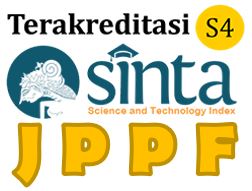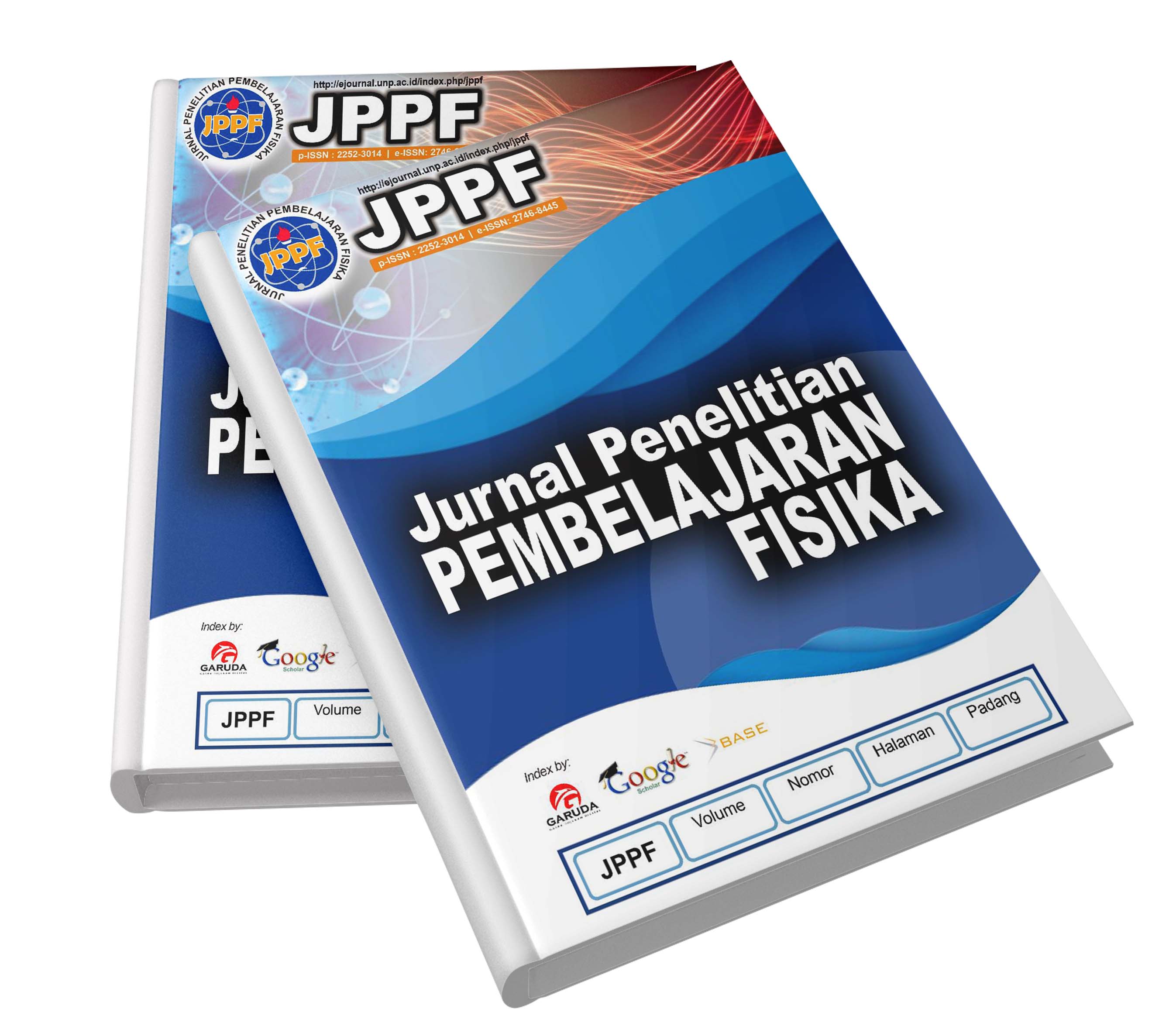Abstract
In the 21st century the world entered the era of globalization as a result of the development of Science and Technology (Science and Technology). This is marked by competition in various fields of life. For this reason, it is demanded that everyone can master the science and technology and be able to adapt to their environment.. Learning physics in the 21st century is different from before. The 21st century, known as the technology age, requires teachers to have teaching skills, including utilizing technology in learning). Physics is one part of natural science that underlies the development of science and technology. Physics is the study of natural phenomena related to matter and energy. This study aims to analyze the effect of virtual laboratory media on student competencies in terms of education levels and physics learning materials. The research method is a meta-analysis with a sample of 17 articles in national journals and 3 articles in international journals. The instrument used in this study was the code sheet and the effect size calculation. Based on the results of the study it can be concluded that: 1) Virtual laboratory media provides a high positive influence on student competence (0.84), 2) the influence of virtual laboratory media on student competencies based on education levels is more effectively used at high school education levels and 3) the influence of media virtual laboratory on the competence of students based on physics learning material very high influence (1.17) on alternating current material.




